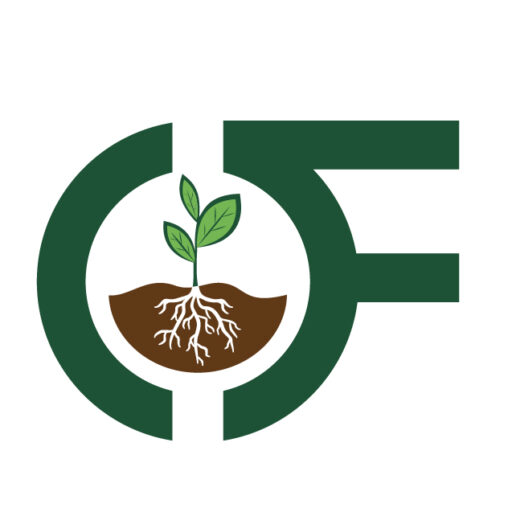Orchard Grass hay, derived primarily from Orchardgrass (Dactylis glomerata), is a valuable forage crop extensively used in animal nutrition. This paper reviews the nutritional aspects, agricultural practices, and environmental considerations associated with orchard hay, along with its implications in various animal diets.
Orchard grass is a cool-season perennial grass, known for its palatability and digestibility, making it a preferred choice in livestock feed, particularly for horses, dairy cows, and small ruminants. Its adaptability to a range of climatic and soil conditions makes it a versatile crop in sustainable agriculture.

(Orchard Grass)
Nutritional Profile of Orchard Grass Hay for Sale
Best orchard grass for hay is recognized for its moderate to high protein content (about 10-15%), which varies depending on the maturity stage at harvest. It has a balanced ratio of fiber, including both soluble and insoluble fibers, essential for ruminant digestion. The hay is also a source of essential minerals and vitamins, contributing to overall animal health.
Agricultural Practices
Orchestrating the perfect balance of informative content and strategic keyword integration, we illuminate the path to optimal orchard grass production.
First and foremost, orchard grass thrives in well-aerated soils, a critical factor in maximizing yield and quality. By emphasizing this requirement, we underscore the importance of soil health in cultivating this invaluable forage.
Moreover, orchard grass performs best under moderate temperatures and moist conditions, presenting a unique set of environmental considerations for growers. Effective water management emerges as a linchpin in ensuring orchard grass vitality, particularly given its lower drought tolerance compared to other forages. By addressing this need, we equip agricultural stakeholders with the knowledge needed to navigate the complexities of orchard grass cultivation successfully.
Harvesting timing plays a pivotal role in optimizing orchard grass yield and nutritional quality. Targeting the boot to early bloom stage ensures a delicate balance between quantity and nutrient density, a crucial insight for farmers striving to maximize their harvest’s value.
Environmental Impact
Orchard hay farming, when managed sustainably, can contribute positively to environmental health. It can aid in soil conservation, prevent erosion, and support biodiversity. However, challenges like potential over-reliance on irrigation and the need for integrated pest management strategies must be addressed to minimize environmental impacts.
Role in Animal Diets
Orchard grass hay plays in equine nutrition, positioning it as a staple for discerning horse owners seeking optimal dietary choices for their beloved companions. Orchard grass hay stands out in equine nutrition due to its lower protein and calcium content compared to alfalfa hay, rendering it an ideal option for horses. This key differentiator ensures horses receive essential nutrients without the risk of excess protein, particularly crucial for pregnant and lactating animals.
Not only does orchard grass hay cater to the specific dietary needs of horses, but its soft texture and palatability also make it a favored choice for finicky eaters and older animals with dental issues. By highlighting these attributes, we underscore orchard grass hay’s versatility and suitability for a diverse range of equine companions.
Storage and Handling
Proper storage of orchard hay is crucial to maintain its quality and prevent spoilage. It should be kept in dry, well-ventilated areas to prevent mold growth and nutrient degradation. Handling during harvesting and baling should be done carefully to retain leafy content and ensure consistency in quality.
Orchard hay serves as an important forage crop in animal nutrition, particularly suited to specific livestock needs due to its nutritional composition and palatability. Its role in sustainable agricultural practices is significant, offering benefits for soil health and ecosystem balance. Future research should focus on enhancing its drought tolerance, optimizing harvest timings, and developing sustainable pest management solutions.

